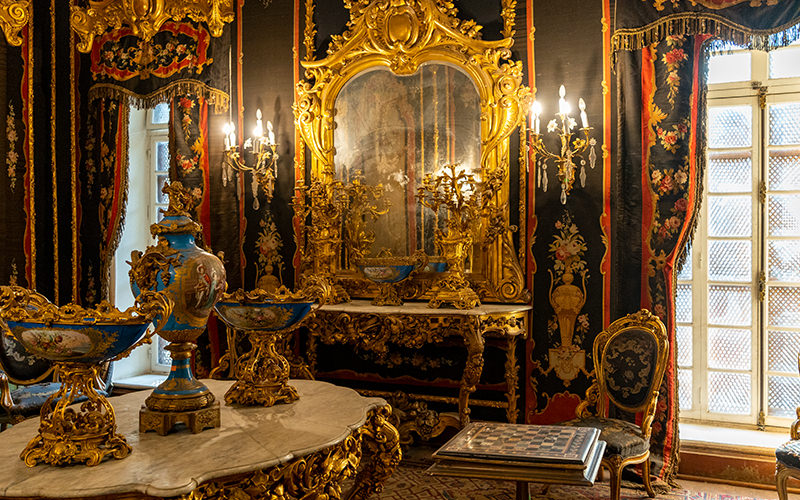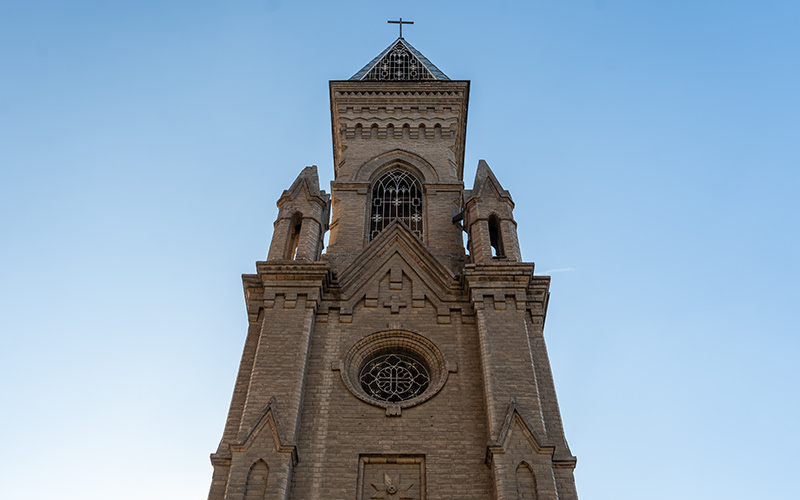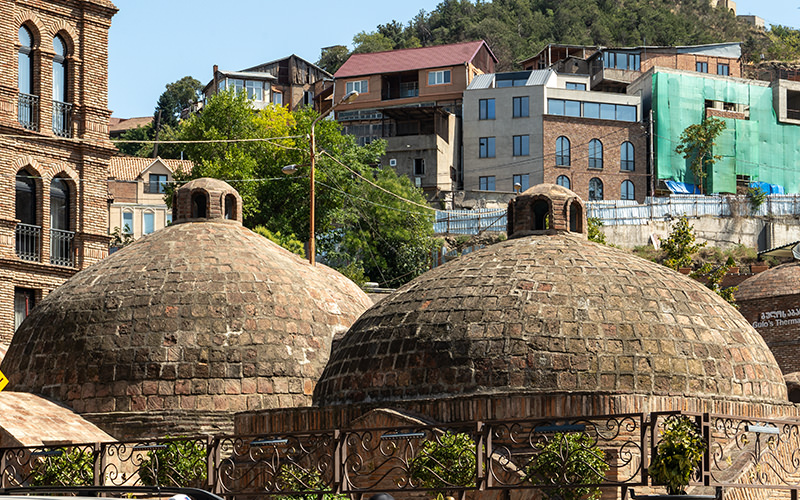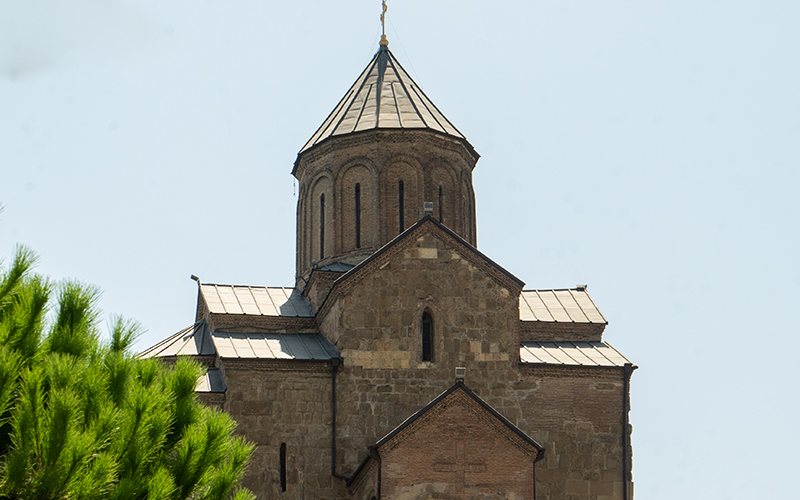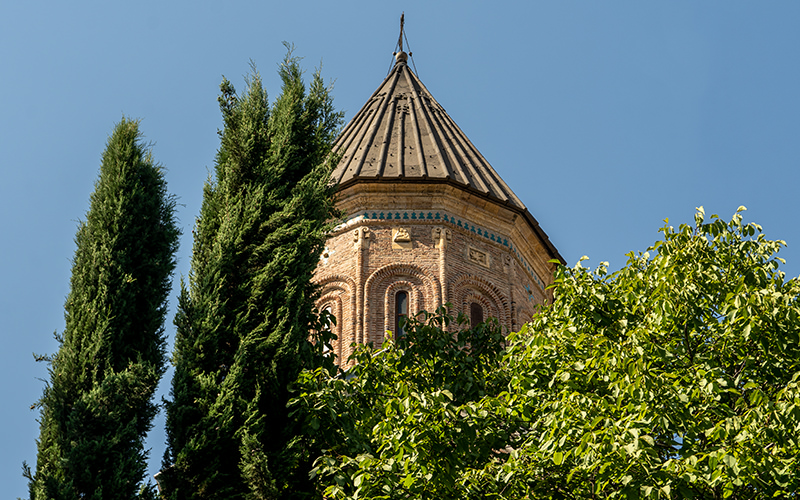The ancient Narikala Fortress is one of Tbilisi's symbols. The fortress is situated on a high hill overlooking the city center, making it visible even to travelers who haven't explored its grounds.
Last time, we took a cable car ride from Rike Park and admired the majestic Mother Georgia monument. Today, we'll visit Narikala Fortress.

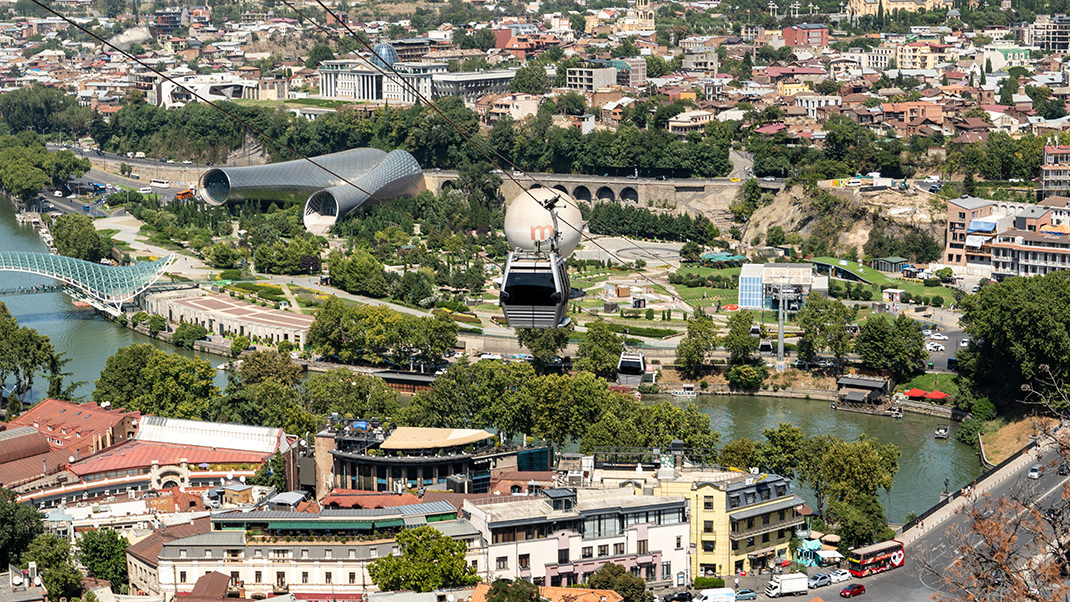

How to Get There
You can reach the hill where the fortress is located on foot, by cable car, or by taxi. The first option is the most challenging, while the last is the most expensive.

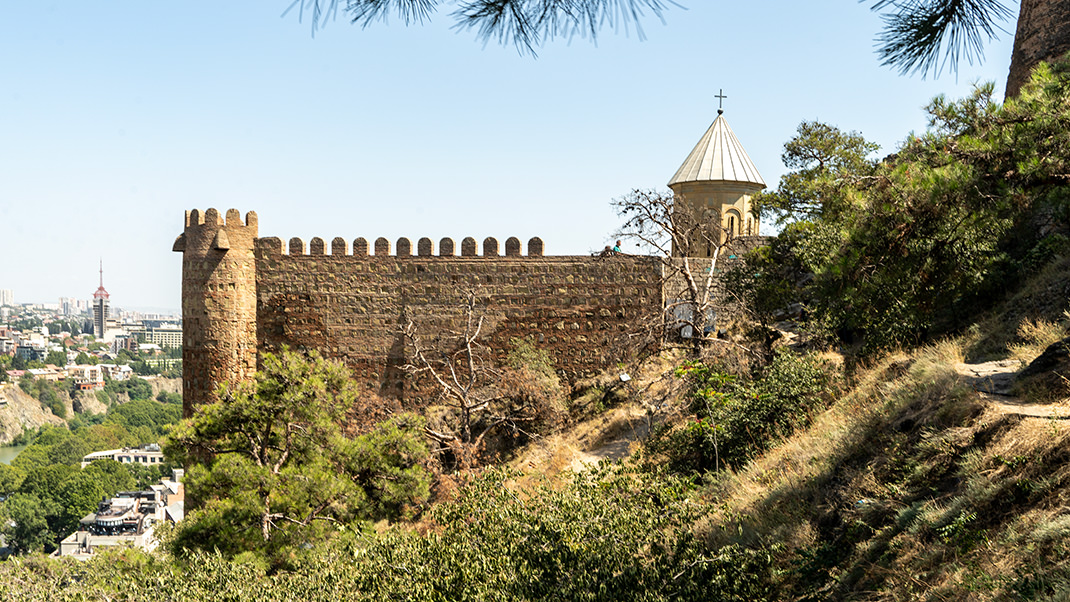
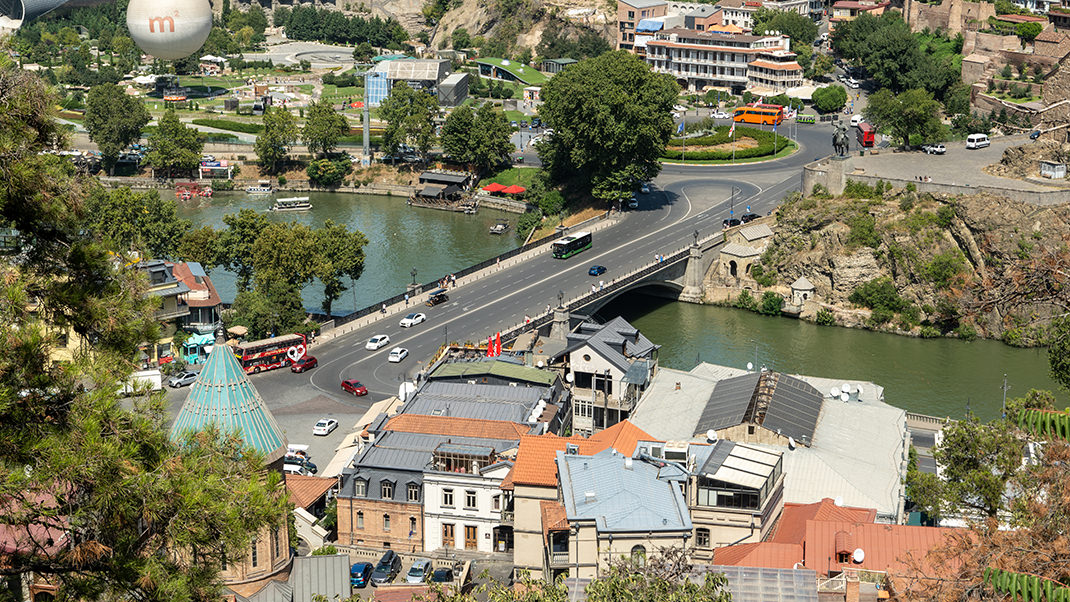
It's best to plan your walking route to the fortress in advance; online maps will indicate the gates leading to the area. I saw tourists coming from the cable car who attempted to climb over the fortress walls, likely thinking it was the only way to get inside.
Access to the fortress and the church located there is free.

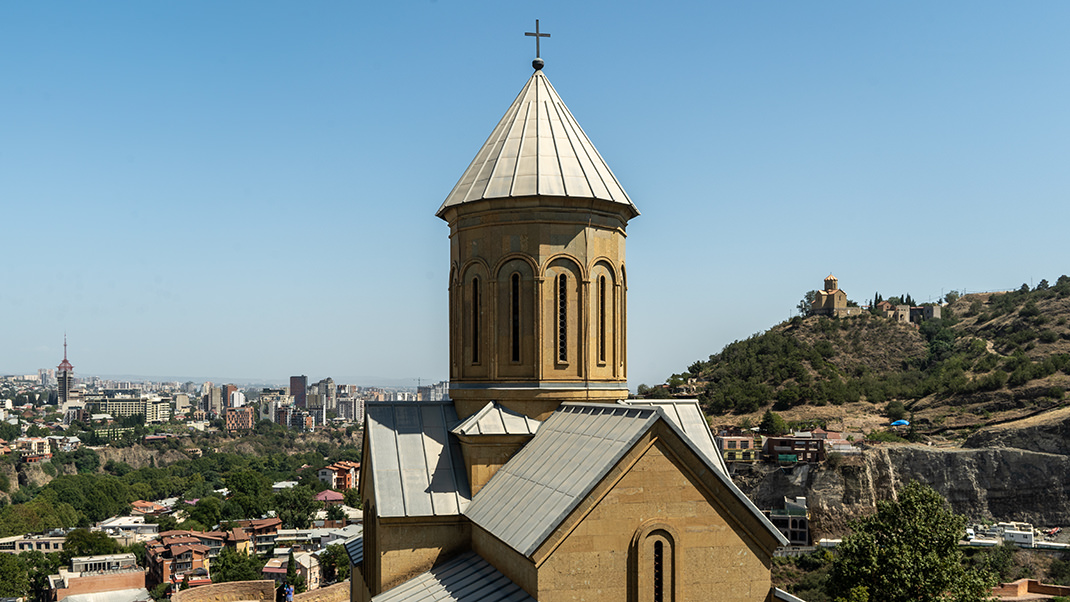
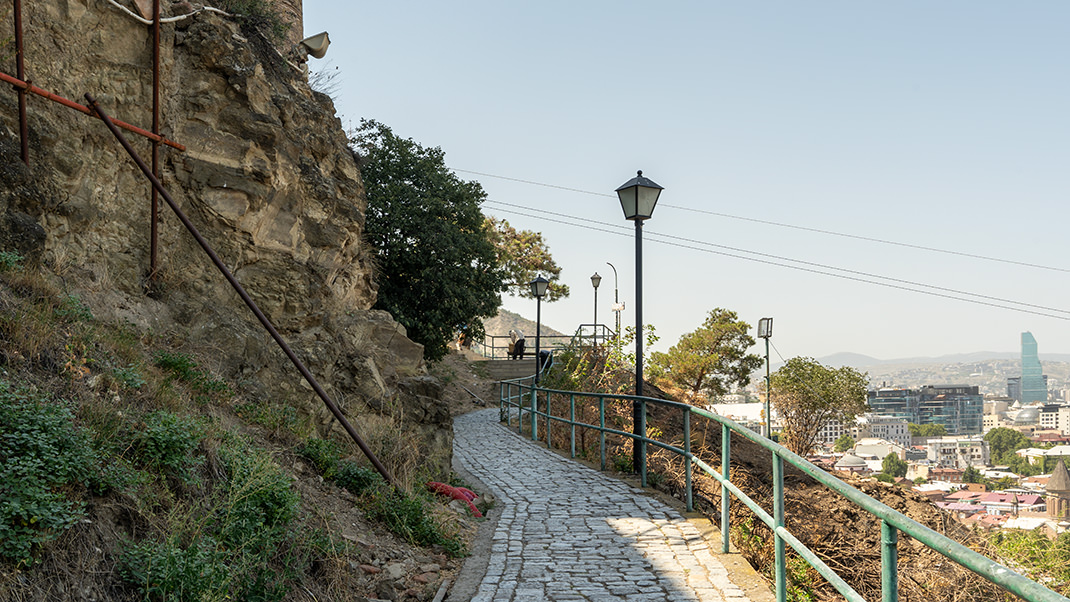
A Bit of History
Surprisingly, there is very little information about this fortress in guidebooks, even though it is situated in the heart of Georgia's capital. For instance, the book on ancient defensive structures of the country and the Soviet architectural guide do not mention Narikala at all. Near the entrance to the fortress, there are two informational stands, but they cover other city attractions.
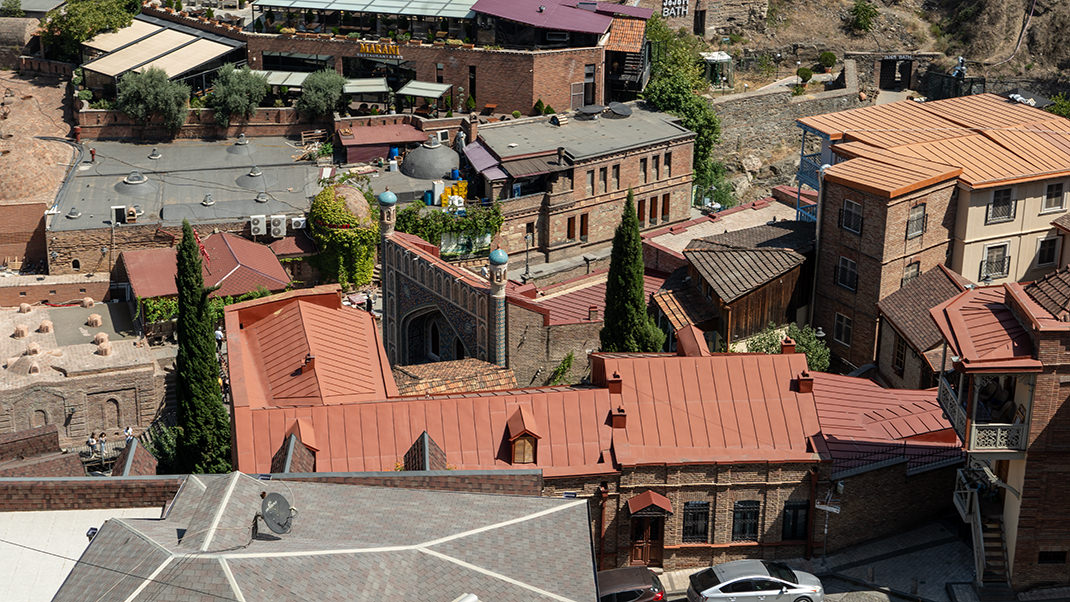
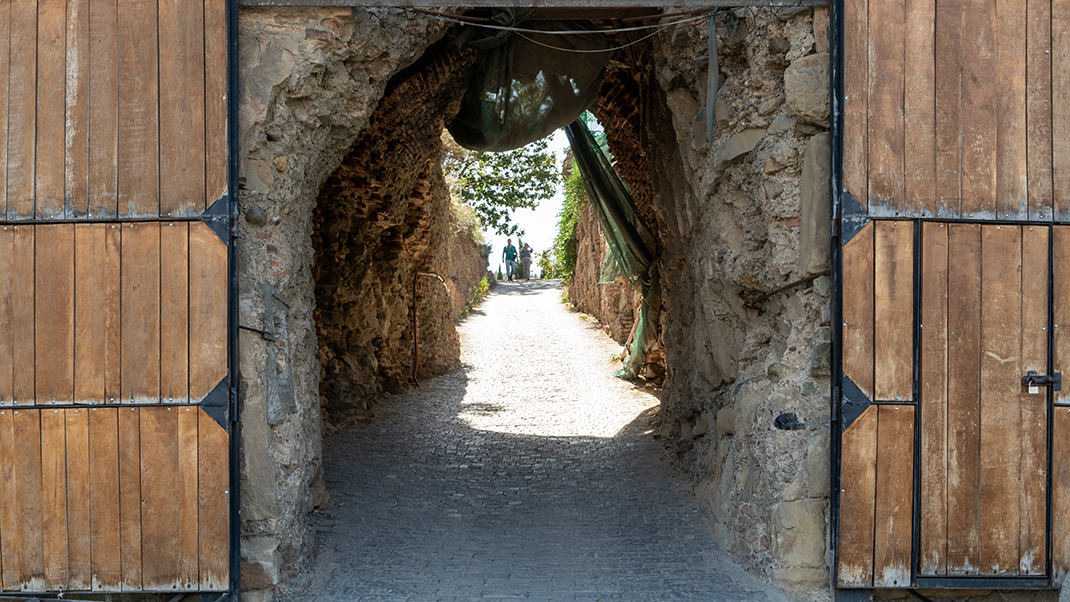
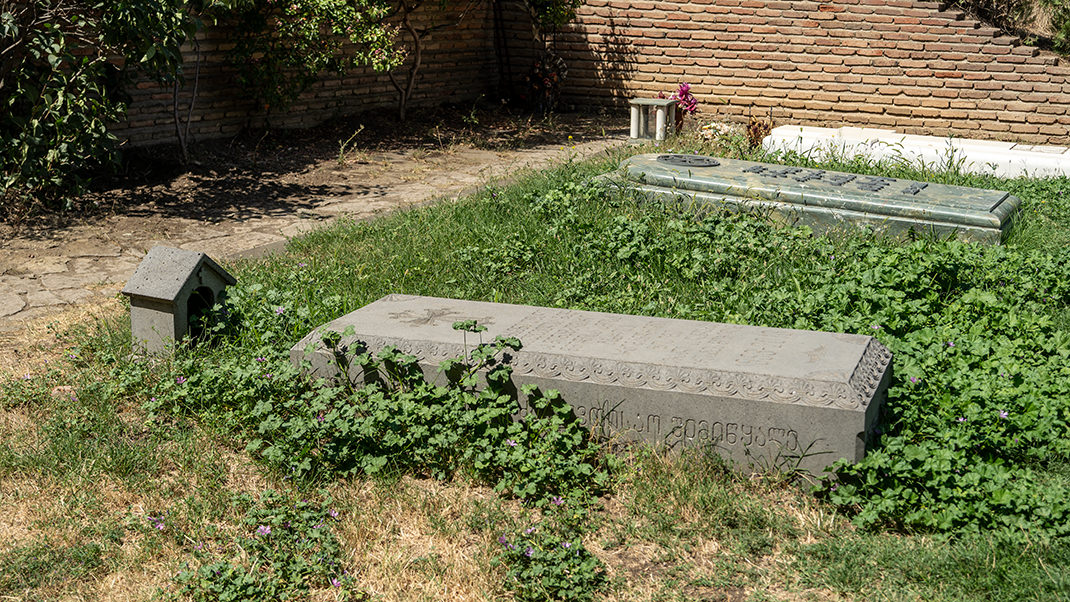
The fortress is dated to the 4th century. In the 16th-17th centuries, the complex was rebuilt, and the church on the site was constructed in 1996-1997. Online sources claim it stands on the foundation of an earlier 12th-century cult building.
The church is dedicated to Saint Nicholas. Visitors can enter the church, which has a small main hall. In the subdued light, the bright wall paintings look very beautiful.
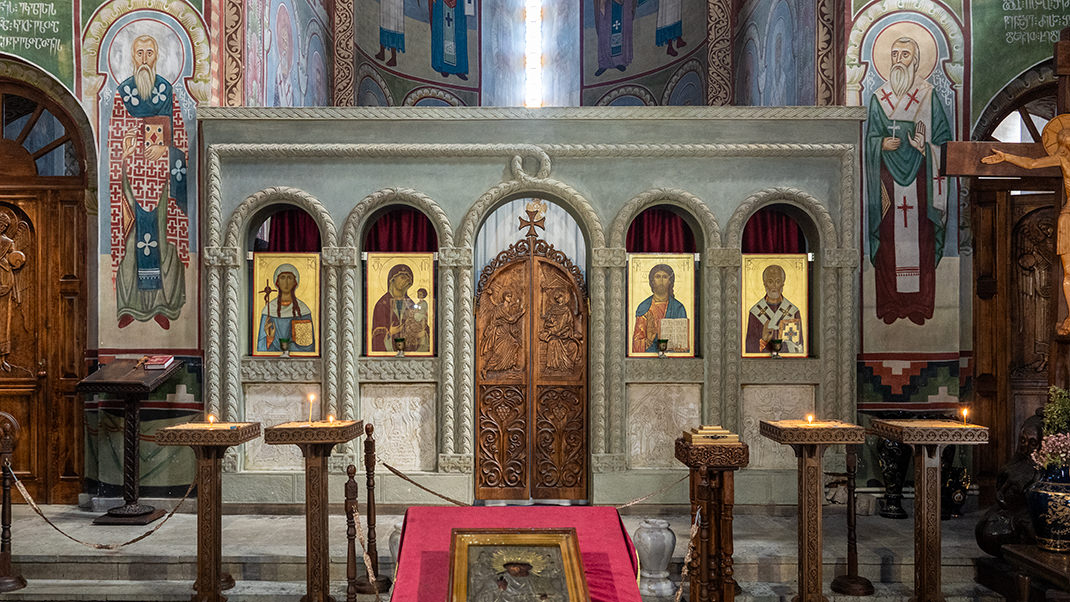

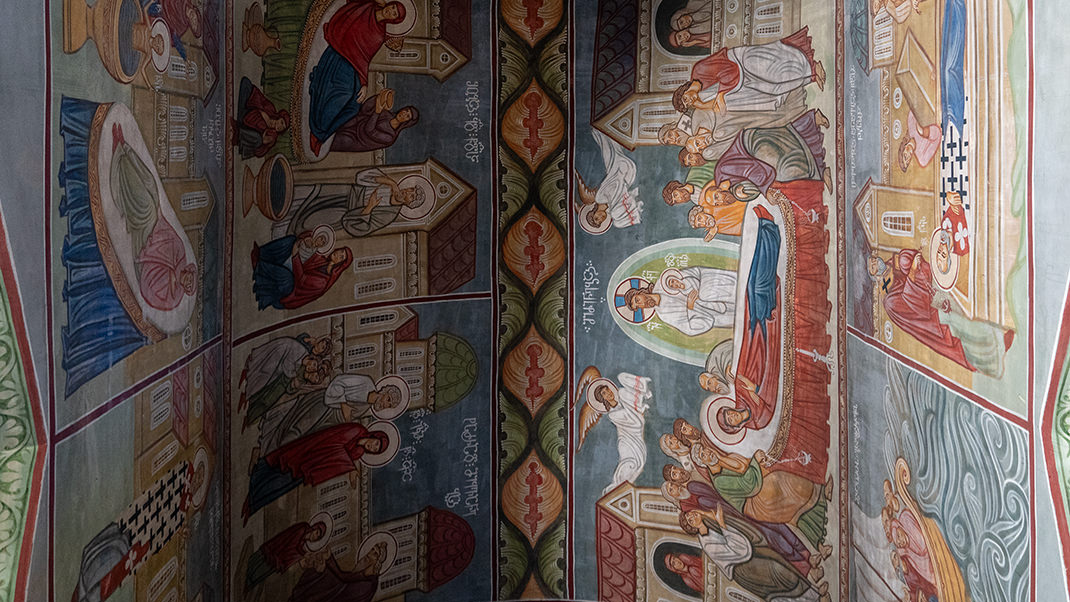
Aside from the ancient fortress walls and the newly-built church, there are no other significant structures within Narikala. Near the church and on the hill, there are several graves, and nearby, an open bell tower with two bells is visible.

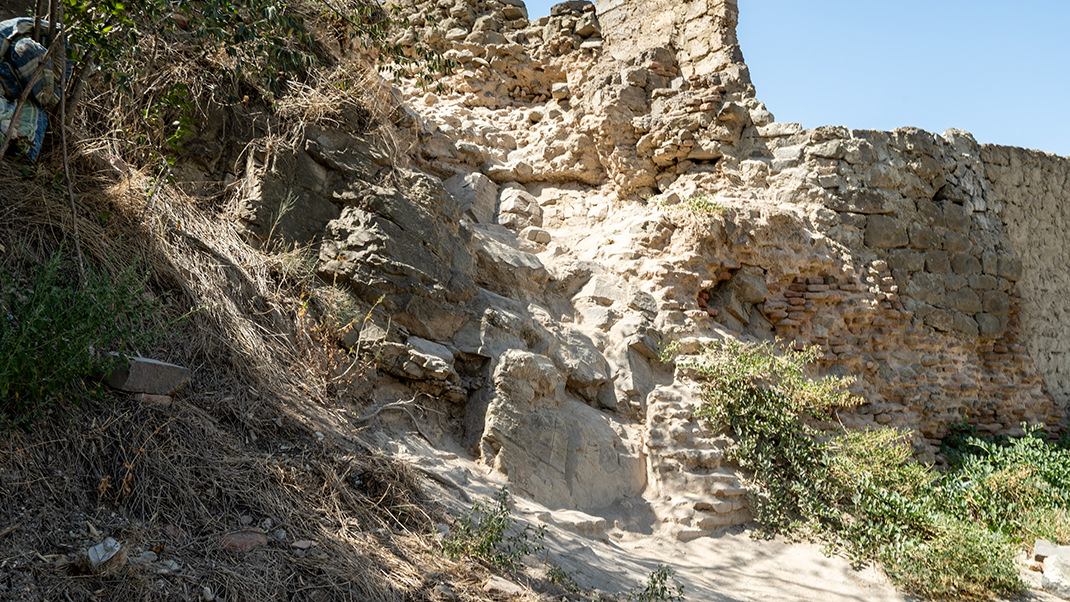

Travelers strolling through the fortress can climb the hill, which rises above the church building. From the top, there is a view of the botanical garden and the city center with the Kura River. The most adventurous guests even have picnics right on the steep walls of Narikala.
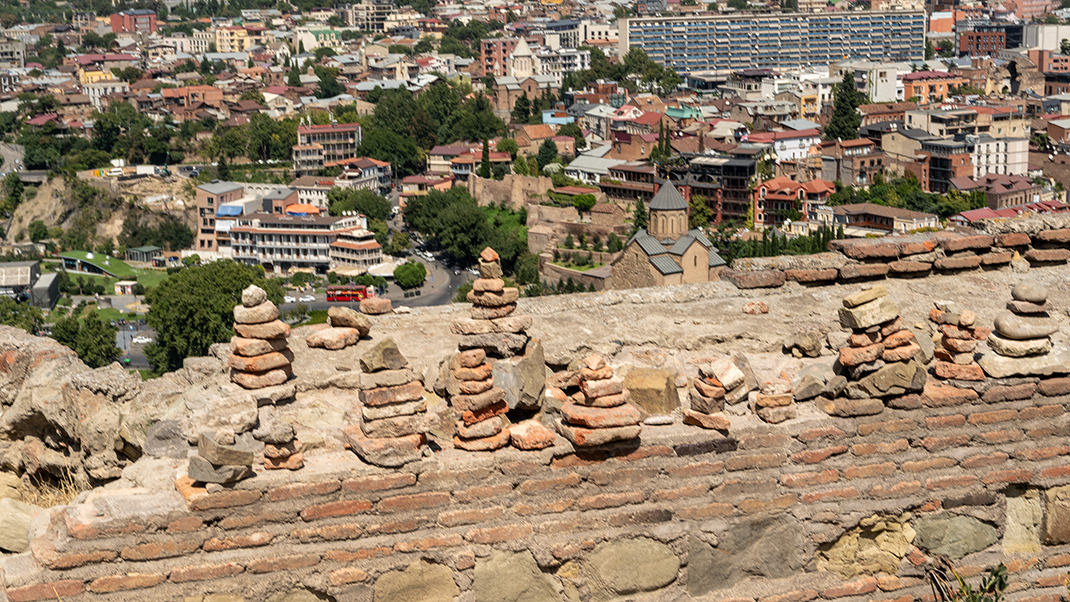

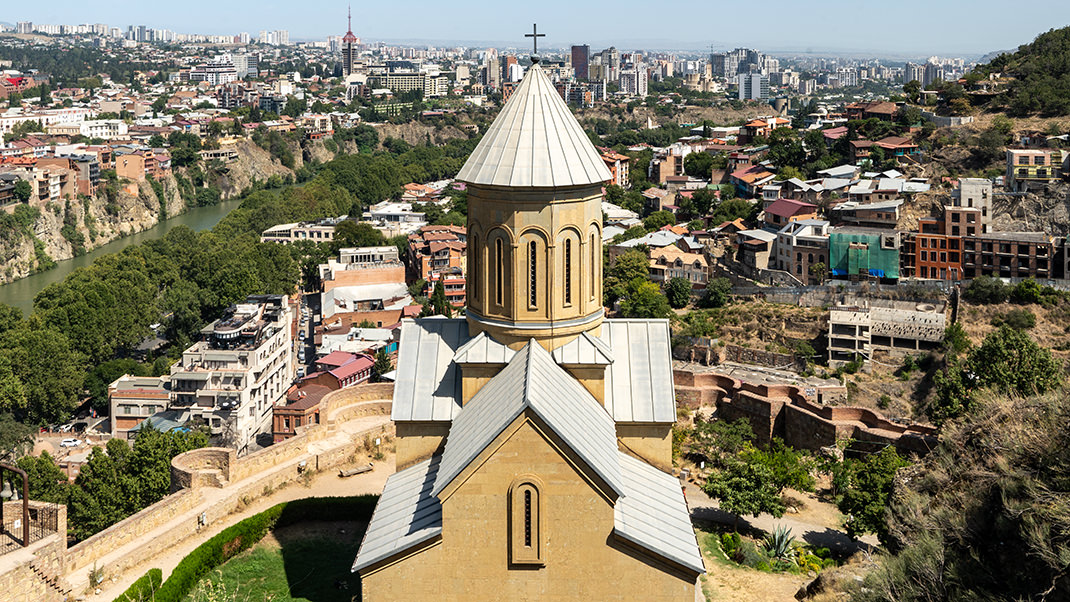
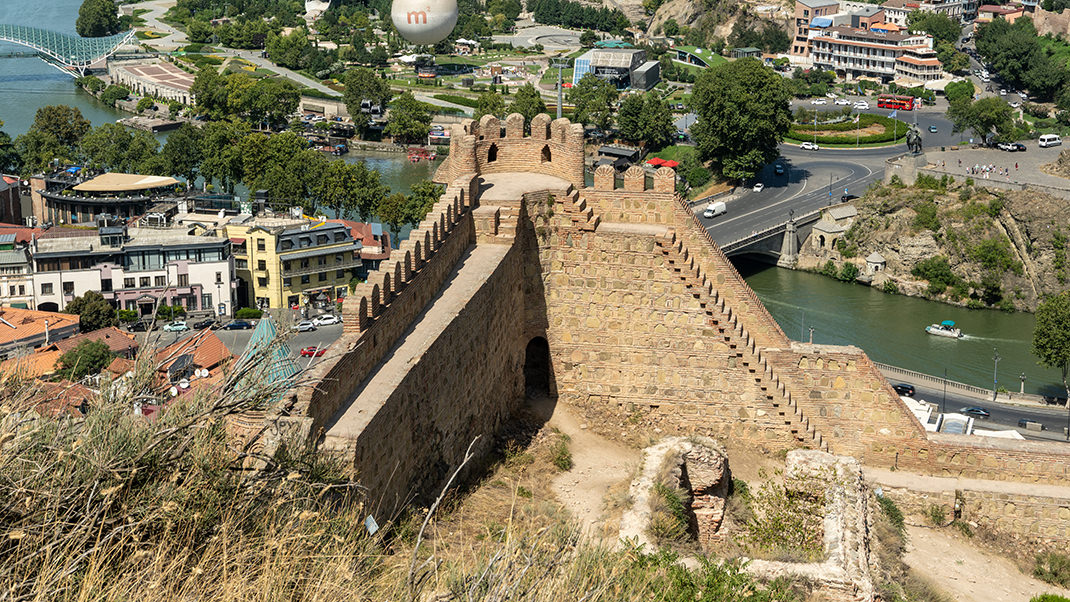
This concludes my account of this unusual landmark. Next time, we will visit the Tbilisi bath district, known as Abanotubani.
Have a nice trip!



